November 3, 2015
Almost half of UK employees plan to change jobs within three years 0
 UK employees are among the least loyal in Europe, according to new research by ADP, with nearly half of UK workers (47 percent) planning to change jobs within three years, compared to a third (34 percent) in the rest of Europe. Just 17 percent want to spend the rest of their career in their present organisation, whilst 40 percent of German workers see this as an option. The job market is now becoming more competitive as employees are looking for opportunities outside their home country. However, attitudes towards foreign talent are generally positive with 69 percent of UK employees who don’t see foreign talent as a threat. Even though companies may benefit from a global talent pool, losing local workforce is causing a headache for some countries. Employees in Spain (49 percent), Italy (47 percent), and Poland (39 percent) are particularly concerned about a talent drain to other countries.
UK employees are among the least loyal in Europe, according to new research by ADP, with nearly half of UK workers (47 percent) planning to change jobs within three years, compared to a third (34 percent) in the rest of Europe. Just 17 percent want to spend the rest of their career in their present organisation, whilst 40 percent of German workers see this as an option. The job market is now becoming more competitive as employees are looking for opportunities outside their home country. However, attitudes towards foreign talent are generally positive with 69 percent of UK employees who don’t see foreign talent as a threat. Even though companies may benefit from a global talent pool, losing local workforce is causing a headache for some countries. Employees in Spain (49 percent), Italy (47 percent), and Poland (39 percent) are particularly concerned about a talent drain to other countries.









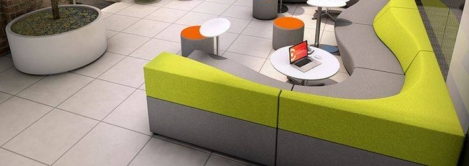
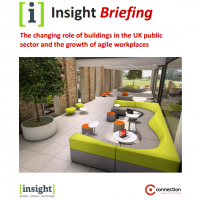









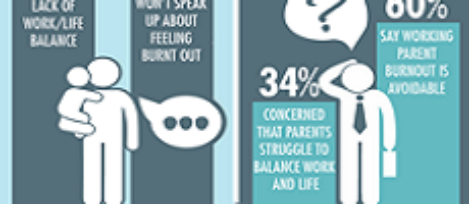
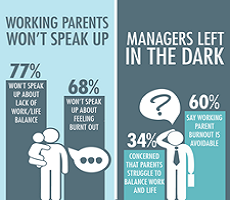
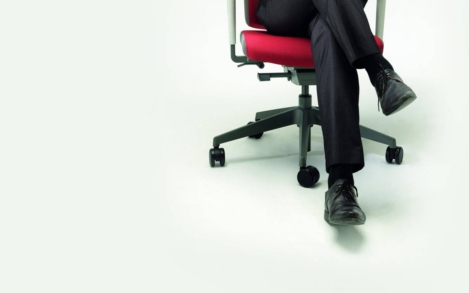
 In years gone by, a ‘one size fits all’ approach to office design might have been the norm, but as the decades have progressed, so too have the options available to businesses designing ‘homes from home’ for their office-based workforces. As new interpretations of the office environment proliferated, so the open plan model came to into being and eventually evolved into the default office design model. This initially brought greater variety than ever before but, ultimately, a one size fits all mentality in
In years gone by, a ‘one size fits all’ approach to office design might have been the norm, but as the decades have progressed, so too have the options available to businesses designing ‘homes from home’ for their office-based workforces. As new interpretations of the office environment proliferated, so the open plan model came to into being and eventually evolved into the default office design model. This initially brought greater variety than ever before but, ultimately, a one size fits all mentality in 














October 28, 2015
What Shakespeare’s Henry V can teach us about flexible working
by Julia Johnston • Comment, Facilities management, Flexible working
Why are so many of us preoccupied with the status that having an office brings? They say it’s lonely at the top. Well, that loneliness often starts with the social exclusion of being in an office. Why would you not want to be in with the in-crowd, to be with your own team of people and the go-getters who are making a difference to your organisation? Why not be where the action is at the working coalface of your organisation? Stuck in your office, you can feel like a kid in the corner of the playground, wondering what the others are whispering about. Some of us want an office because we believe it shows our peers that we have made it; that we have reached the upper echelons of our corporate management structure and become an acknowledged achiever. We want an office so that we can preen to others, but that doesn’t automatically make for better managers, leaders or companies.
More →